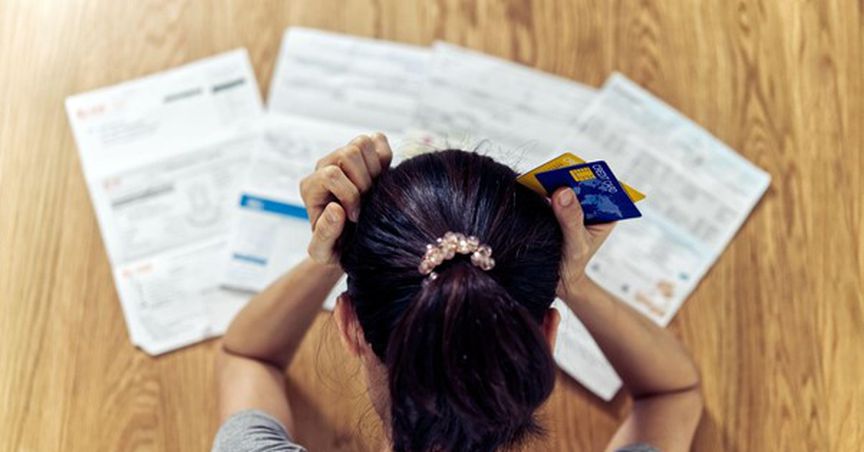Highlights
- Due to rising inflation and almost stagnant wages, Aussies have been inclining towards seeking more buy now, pay later (BNPL) and payday lenders for meeting their daily expenses.
- Credit card bills are climbing consistently for the first time in four years.
- Recently, RFI Global published a report that stated 38% of Australian consumers use pay-later apps for household bills, 37% for groceries and 27% for petrol.
Prices are skyrocketing across Australia. The global supply chain woes, floods, Covid-19 pandemic, and the Russia-Ukraine conflict - everything has mounted up to consequently cause the price levels in the country to soar. Because of surging inflation, the cost of living is getting challenging for Aussies, and thus they are rescuing riskier ways to meet the daily expenses.
BNPL rising popularity in Australia
High cost of living expenses leaves Aussies struggling to afford essential items
In 2021, Australian inflation was 3.5%. However, wages increased by 2.1%. When the rise in wages is lower than the inflation rate, most of the population falls behind. Australians were already struggling to meet daily expenses because of the pandemic woes. Recently, with the recent Russian invasion, petrol prices have increased by 32.3%. Prices of essential items such as vegetables have increased by 6.1%.
All in all, Australians are left with no choice but to borrow through BNPL and payday lenders to keep up with the growing expenses.
GOOD SECTION: Calls to regulate BNPL sector? A look at the buy now pay later market
Glancing at the BNPL & payday lenders system for borrowing
Like the term suggest, under BNPL, people purchase the items and services and pay later. As far as payday lenders are concerned, they give short-term unsecured loans. However, the interest rate charged on such borrowings is usually very high. Due to rising inflation and almost stagnant wages, Aussies have been inclining towards seeking more BNPL and payday lenders for meeting their daily expenses.
Some economists argue that this is riskier for the population. Let’s decode the repercussions of such borrowings.

Source: © Icefields | Megapixl.com
ALSO READ: BNPL offering drives IOUpay’s (ASX:IOU) strong growth in first half
What happens if the population depends upon BNPL & payday lenders?
Because the prices skyrocket and the wages remain almost flat, Aussies are getting into deeper debt. Credit card bills rise, and repaying the payments becomes challenging for most populations. Credit card bills of Aussies are climbing consistently higher for the first time in four years.
One of Australia’s prominent subprime lender, Cash Converters, remarkably grew its loan book in 2021. The annual interest rate of its borrowings is 48%. The interest rate is so high, but people have no other option but to seek out these loans to meet their household and other expenses.
This lets people fall into a spiral of debts in which most of their following income goes into the repayment of previous loans. Thus, they seek a new loan, and the loop goes on. Additionally, a recent report by RFI Global stated 38% of Australian consumers use pay-later apps for household bills, 37% for groceries and 27% for petrol.
MUST-WATCH: How did the ASX BNPL Stocks Perform this Earnings Season?
Conclusively, it seems that consumer advocates across Australia are demanding better consumer protection. While consumer behaviour psychology might push more Aussies into this borrowing system, with every financial decision, people should be aware of the repercussions.





